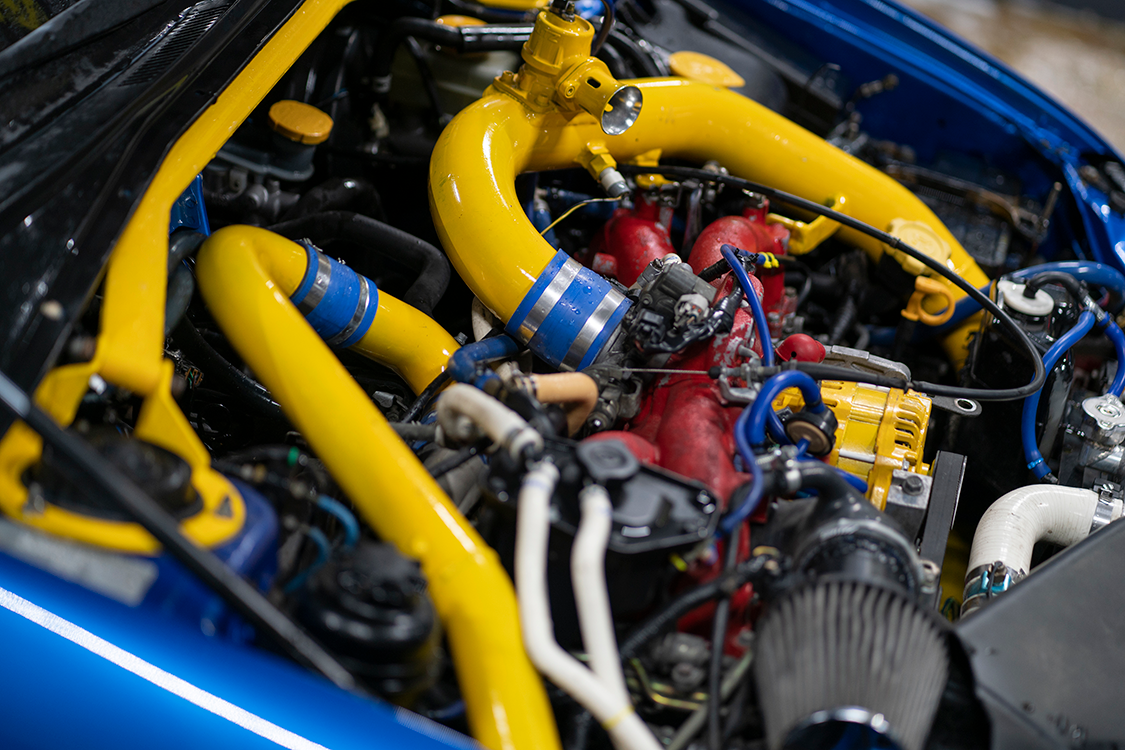Reliable Track Car Upgrades: Best Mods for Performance and Durability
Building the perfect track car is all about balance—combining driver skill with a vehicle that delivers both performance and reliability. While adding aggressive upgrades can improve lap times, many drivers overlook the importance of components that keep the car dependable under intense conditions. After all, horsepower is useless if your car can’t make it through a session.
This guide covers the best reliable upgrades for track cars, how to avoid common mistakes, and which safe track mods work for both dedicated track builds and dual-purpose street cars.
Why Reliability Matters in Track Car Modifications
Track driving pushes every component to the limit. Sustained high RPMs, aggressive braking, and extreme temperatures reveal weaknesses that normal street driving never exposes. Reliability upgrades not only prevent mechanical failure but also maximize your seat time.
Essential Reliability Mods for Track Cars
1. Brake Cooling and Performance Enhancements
Brakes are the most stressed system on a track car, and factory setups are built for street use, not repeated high-energy stops.
- Brake Ducting Systems – Direct cool air to rotors and calipers to reduce heat and brake fade.
- High-Performance Brake Pads – Track-rated pads like Hawk HP Plus or Ferodo DS2500 balance fade resistance with street usability.
- Upgraded Brake Fluid – High-temp fluids such as Motul RBF600 or ATE Type 200 prevent vapor lock.
- Stainless Steel Brake Lines – Maintain firm pedal feel under repeated heavy braking.
2. Cooling Systems for Engine and Transmission
Heat is the enemy of reliability, especially for turbocharged or modified track cars.
- Engine Oil Coolers – Maintain oil viscosity under high temperatures, with thermostatic control for street/track versatility.
- Transmission Coolers – Prevent overheating and fluid breakdown in high-load driving.
- Oil Catch Cans – Reduce oil vapor contamination in the intake system under hard cornering and acceleration.
Performance Upgrades That Maintain Durability
3. Mild Engine Tuning
Avoid pushing components to their limits. Opt for safe performance upgrades that improve responsiveness without compromising longevity.
- Cold Air Intake – Improves airflow and mild horsepower gains.
- Performance Exhaust – Reduces backpressure while staying within track noise limits.
- Engine Management Tune – Focus on smooth power delivery, not peak numbers.
- Forced Induction Upgrades – If using turbo/superchargers, ensure heat management and boost control are addressed.
Suspension Upgrades for Track and Street Use
Many track-day cars double as daily drivers, so suspension balance is key.
- Adjustable Dampers – Fine-tune comfort vs. performance.
- Spring Rate Selection – Progressive-rate springs for dual-purpose driving.
- Upgraded Anti-Roll Bars – Adjustable to tune cornering balance.
- Aggressive Alignment – Negative camber for grip without excessive tire wear.
Wheel and Tire Considerations
- Lightweight Wheels – Reduce unsprung weight for quicker suspension response.
- Dedicated Track Tires – Keep a separate set for performance and longevity.
Common Mistakes to Avoid in Track Car Upgrades
- Too Much Power Too Soon – Overpowering without upgrading cooling/drivetrain.
- Ignoring Heat Management – Leads to premature failures.
- Using Cheap Parts – Low-grade components rarely survive track abuse.
- Skipping Testing – Small shakedowns prevent big race-day problems.
- Neglecting Maintenance – Track driving accelerates wear on all parts.
- Poor Upgrade Planning – Mods should work as a complete system.
- Overlooking Track Rules – Noise, safety, and class restrictions matter.
Document and Refine with SUPERMOUNTS
Upgrading a track car is a continuous process. Use SUPERMOUNTS camera and data systems to record performance before and after each modification. This helps you analyze lap times, driving technique, and vehicle behavior for ongoing improvement.
Learn More: Visit the RoadSpy Store for SUPERMOUNTS gear and explore our blog for guides on track prep, motorsport filming, and choosing the best used track day cars.
Frequently Asked Questions About Reliable Track Car Modifications
What are the most reliable track car upgrades?
The most reliable track car upgrades include brake cooling systems, high-performance brake pads, high-temperature brake fluid, stainless steel brake lines, oil and transmission coolers, and adjustable suspension components. These upgrades improve performance while ensuring durability under the extreme conditions of track driving.
Do I need a brake cooling system for track days?
Yes, if you participate in regular track events, a brake cooling system can significantly reduce brake fade and improve safety. It directs cool air to your brake rotors and calipers, lowering operating temperatures and extending the life of brake components.
Can a track car still be street legal?
Yes, many track-day cars remain street legal. By choosing dual-purpose upgrades—such as progressive-rate springs, adjustable dampers, and noise-compliant exhaust systems—you can keep the car comfortable and compliant for street use while still enjoying performance gains on track.
What’s the safest way to add more power to a track car?
The safest way is through mild, conservative upgrades like a high-quality cold air intake, a well-designed exhaust system, and a professional ECU tune focused on smooth power delivery rather than maximum output. Avoid aggressive power jumps without upgrading supporting systems like cooling and drivetrain components.
What’s the difference between track tires and street tires?
Track tires use stickier rubber compounds and stiffer sidewalls to provide maximum grip during high-speed cornering. However, they wear faster and may have reduced wet-weather performance, so many drivers keep a dedicated set of track wheels and tires separate from their street setup.
How often should I service a track car?
Service intervals for a track car are much shorter than for a street-only vehicle. After each track day, inspect brakes, suspension, fluids, and tires. Perform oil changes every 1–2 track events, and check torque specs on wheels, suspension bolts, and safety equipment.
.avif)
.svg)









